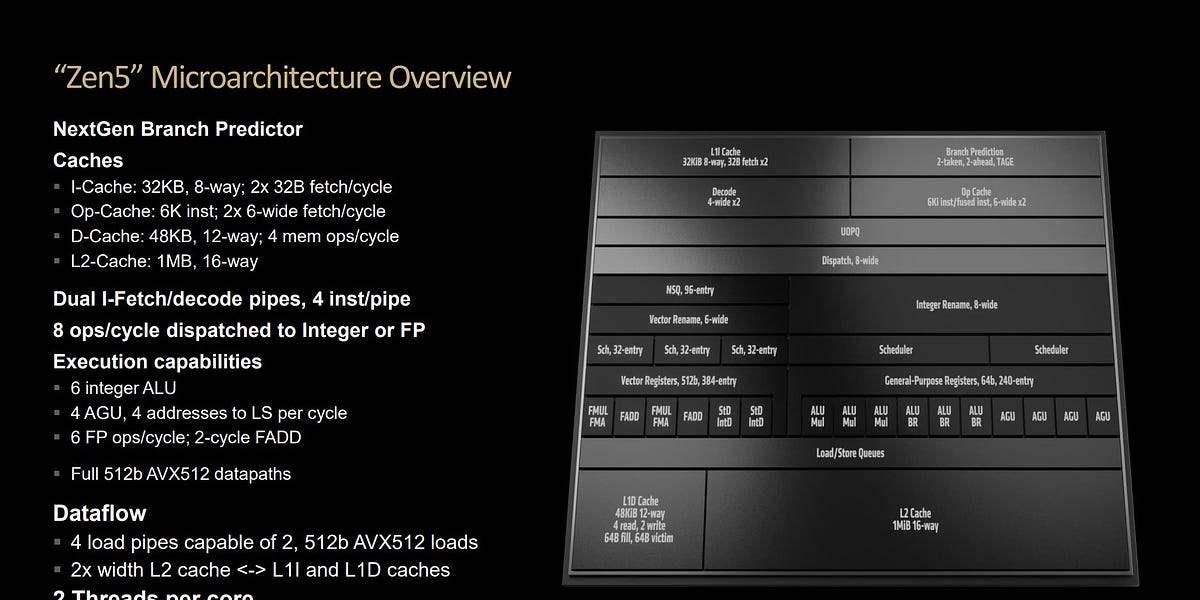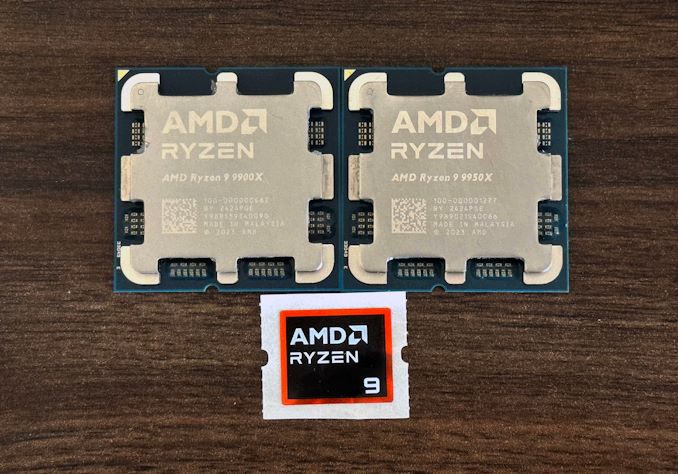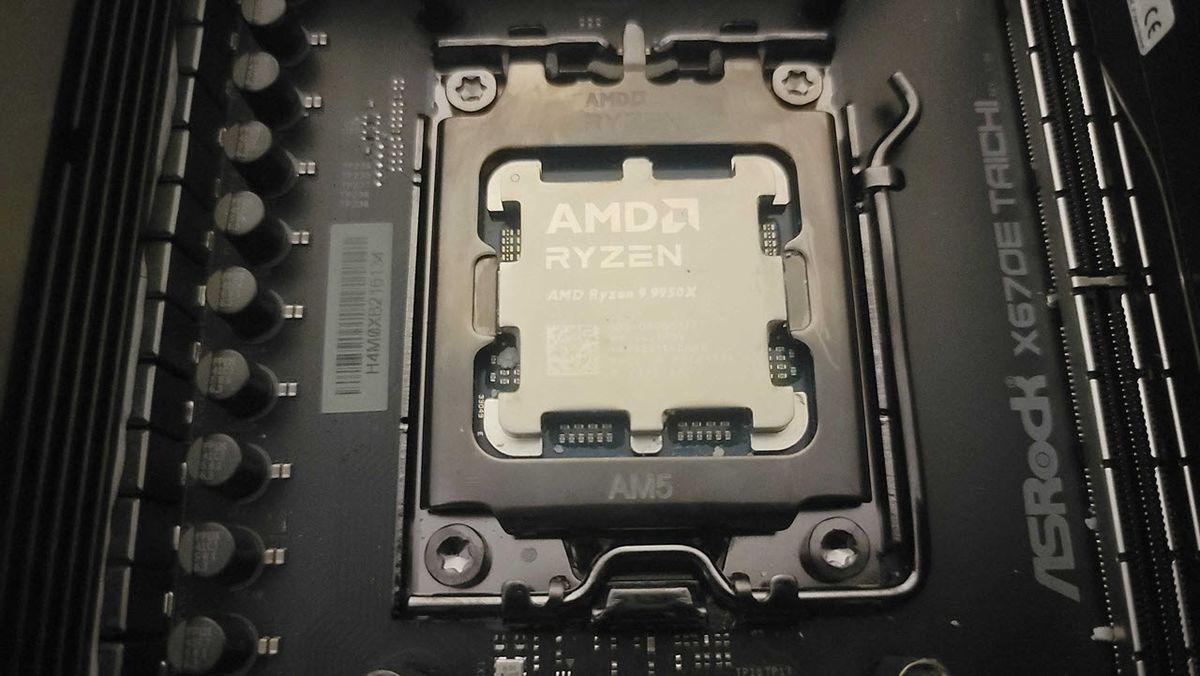So, AMD designed this 'core parking' control driver for dual-CCD 7000-series X3D processors - and now enabled even for regular 9000-series non-X3D models, BUT... unlike
Intel Speed Shift implemented with on-chip hardware, it uses a proprietary kernel-mode driver that can't be uninstalled or disabled without reinstalling Windows from scratch, even though it's known to be buggy enough to misidentify X3D-enabled cores and interfere with single-CCD models! What the...
The multi-threaded leader.

www.tomshardware.com
The core parking tech effectively shuts down one CCD during gaming to boost cache hit rates, reduce cross-CCD traffic, and keep the workload pinned to the fastest CCD, all of which boosts gaming performance. The dual-CCD provisioning approach works exceedingly well for X3D processors because only one CCD has the vast L3 cache enabled by a vertically stacked chiplet. Still, it should also benefit the dual-CCD Ryzen 9000 chips without X3D cache because it keeps latency-sensitive game data close to the execution cores.
The feature requires four components: a new chipset driver, updated BIOS, Windows Game Mode, and the Xbox Game Bar (make sure to update it through the Microsoft store). The Xbox Game Bar contains a KGL (known good list) of games that it detects when active, thus triggering Game Mode (you can also instruct the game bar to recognize unknown games and/or other applications as games). The driver communicates with Windows Game Mode to park the cores on a single CCD, thus constraining latency-sensitive workloads (like games) to the higher-performance chiplet.
The core parking feature has a major problem: it can’t be uninstalled from the operating system. As such, if you later install another processor but use the same operating system, the feature will persist and can continue to park cores (potentially unbeknownst to the user), thus hamstringing performance with processors that aren’t designed to use the feature.
This also creates problems for reviewers who test multiple processors on the same motherboard. (It’s even conceivable that this issue contributed to the inconsistent results we have seen with the first wave of Ryzen 9000 reviews, as 7000X3D models can also trigger the issue and cause all other chips tested on the platform to not operate as intended.)
We also noticed that the core parking feature isn’t bulletproof — we observed cores slipping in and out of a parked state during gaming on several occasions. This would obviously have a negative performance impact, but the feature also worked perfectly fine at other times.
I'm also curious to know! Good infos here!

community.amd.com
Shouldn't this actually be a
feature of the Windows process scheduler, rather than some 3rd-party patch with a proprietary filter driver and a kernel-mode service controlled by the Xbox Game Bar?
PS. Well, it looks AMD 'core parking' control drivers are not as woefully underengineered as assumed by
Tom's Hardware review of Ryzen 9 9950X above.
If you move from single-CCD to dual-CCD processors, you can simply uninstall then reinstall the latest
AMD Chipset Drivers (currently 6.07.22.37) to enable/update the "AMD PPM Provisioning File Driver" / " AMD 3D V-Cache Performance Optimizer Driver" and clear the previous settings; no clean-state reinstall of Windows should be required.
You may need to change the default UEFI BIOS setting for core preference in
Advanced -> AMD CBS -> CMU Common Options -> CPPC Dynamic Preferred Cores =
Driver (instead of Auto, Frequency, or Cache)
- though 'Auto' is recommended by AMD in the
Community thread above and it should default to 'Driver' on double-CCD processors, sometimes it's not working as intended until you set it manually...
PPS. FYI 'core parking' is essentially a manufacturer-defined
processor power state, like the C6 'Deep Power Down' first
introduced by Intel Penryn-M; the 'Core Parking Engine' is already
a part of Windows Processor Power Management (PPM), though it
powers down the cores way too aggressively - so it was customary to use
PowerCfg commands and
3rd party tools like
Park Control, as well as hidden 'Ultimate Performance' power plan, to prevent CPU cores from entering these additional processor states...
 ) you may be interested in reading Anand's writeup of the Power 8 SMT capabilities here: https://www.anandtech.com/show/10435/assessing-ibms-power8-part-1/4
) you may be interested in reading Anand's writeup of the Power 8 SMT capabilities here: https://www.anandtech.com/show/10435/assessing-ibms-power8-part-1/4





